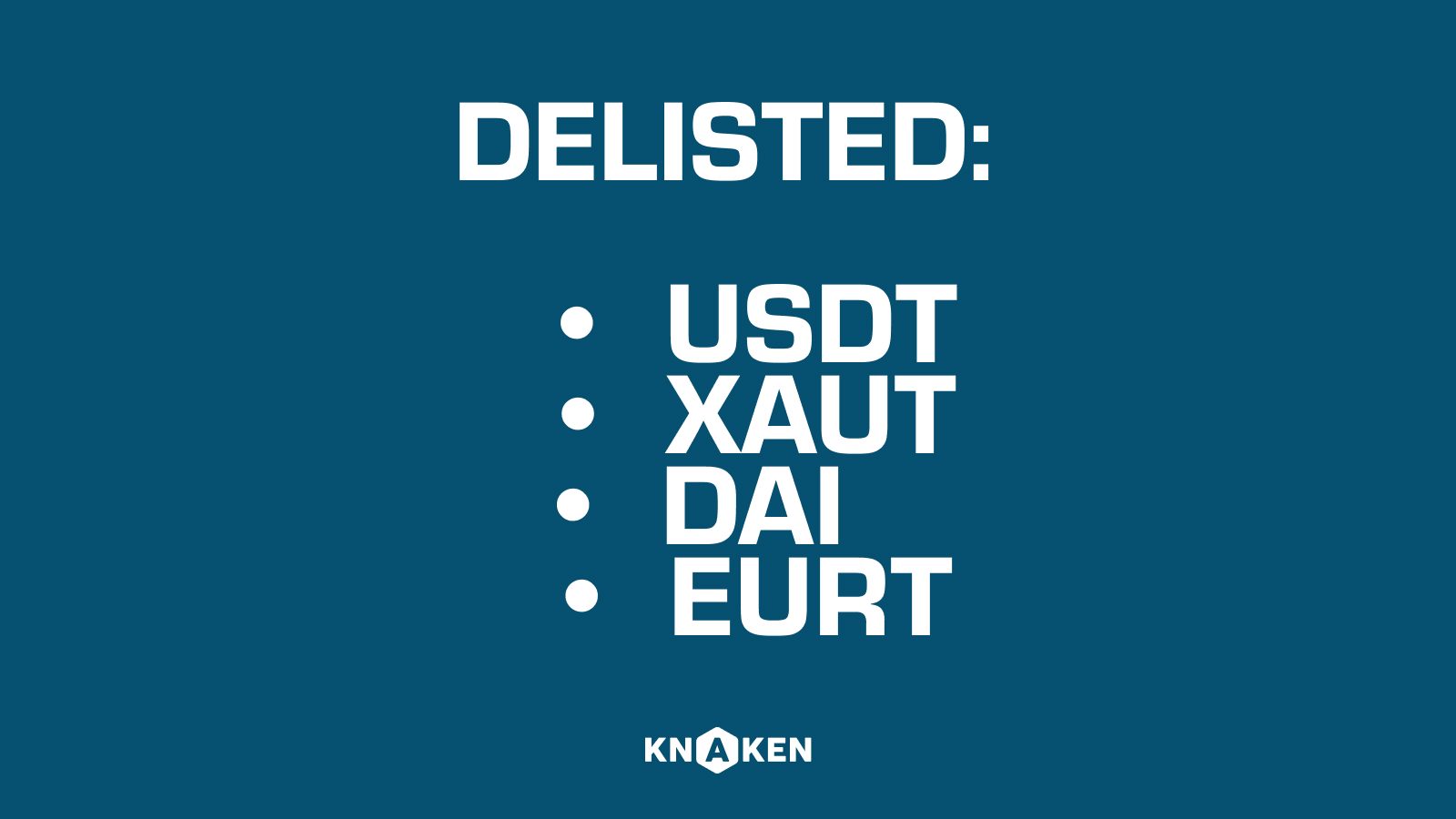DApps: Decentralized Applications in the Blockchain Ecosystem
Introduction to DApps
Decentralized Applications, commonly known as DApps, are software applications that run on a peer-to-peer network rather than being hosted on centralized servers. They leverage blockchain technology to provide enhanced security, transparency, and user control. DApps can serve various purposes, ranging from finance and gaming to social networking and beyond.
Characteristics of DApps
DApps possess unique characteristics that differentiate them from traditional applications. These characteristics include:
- Decentralization: DApps operate on blockchain networks, reducing the risks associated with a single point of failure.
- Open Source: Most DApps are built with open-source code, allowing developers to review, modify, and contribute to the application’s functionality.
- Consensus Mechanism: DApps rely on consensus protocols, such as proof-of-work or proof-of-stake, to validate and secure transactions.
- Cryptographic Algorithms: DApps use cryptographic techniques to secure user data and ensure correct operation.
- Incentivization: Many DApps offer native tokens that incentivize user engagement and participation in the network.
Types of DApps
DApps can be categorized into three distinct types based on their backend technology and functionality:
- Type I DApps: These are built on their own blockchain, such as Bitcoin or Ethereum. They have their protocols and rules, allowing for independent operation.
- Type II DApps: These are built on top of an existing blockchain and rely on its protocol. They can utilize the blockchain’s utility, such as smart contracts and transaction verification.
- Type III DApps: These DApps are built on external services while still leveraging the benefits of a decentralized architecture. They may interact with other applications or services to enhance functionality.
Common Use Cases for DApps
DApps are employed across various sectors, and their use cases are continuously expanding. Some of the most prevalent applications include:
- Decentralized Finance (DeFi): DApps in the DeFi sector allow users to engage in financial services such as lending, borrowing, and trading without intermediaries.
- Gaming: Blockchain-based games, such as crypto collectibles and play-to-earn models, offer players true ownership of in-game assets.
- Social Media: Decentralized social platforms enable users to connect, share content, and communicate without centralized control or censorship.
- Supply Chain Management: DApps can enhance transparency and traceability in supply chains by securely recording transactions on the blockchain.
- Identity Management: DApps are being developed to help users control their digital identities while protecting their personal information.
The Future of DApps
As the blockchain ecosystem matures, the future of DApps looks promising. Several trends and advancements are shaping their development and adoption:
- Interoperability: Increasingly, DApps are being designed to operate across multiple blockchain networks, enhancing their functionality and user reach.
- User Experience: Efforts to improve user interfaces and overall user experience are underway, making DApps more accessible to the general public.
- Regulatory Developments: As governments worldwide continue to develop regulations surrounding blockchain and cryptocurrencies, DApps will have to adapt to comply with legal requirements.
- Scalability Solutions: Innovations such as Layer 2 solutions and sharding are being explored to address scalability challenges faced by many DApps.
- Increased Investment: The rising interest from investors in the crypto space is expected to spur further development of innovative DApps.
Conclusion
DApps represent a significant evolution in the application landscape, offering decentralized, secure, and transparent alternatives to traditional applications. As blockchain technology progresses, DApps are poised to play a critical role in reshaping how individuals and businesses interact within the digital realm. Their potential to disrupt various industries makes them a vital aspect of the ongoing blockchain revolution.


















